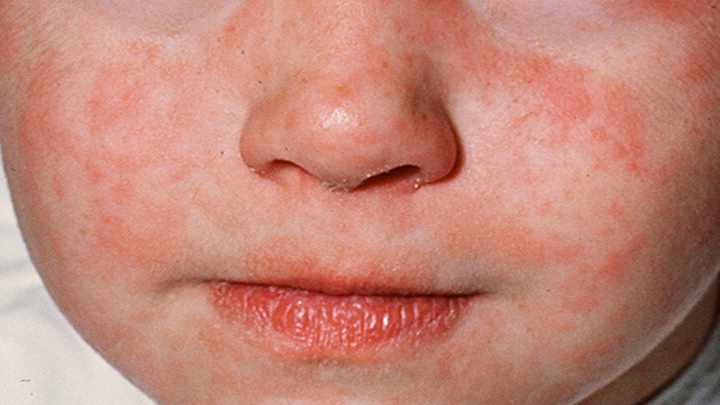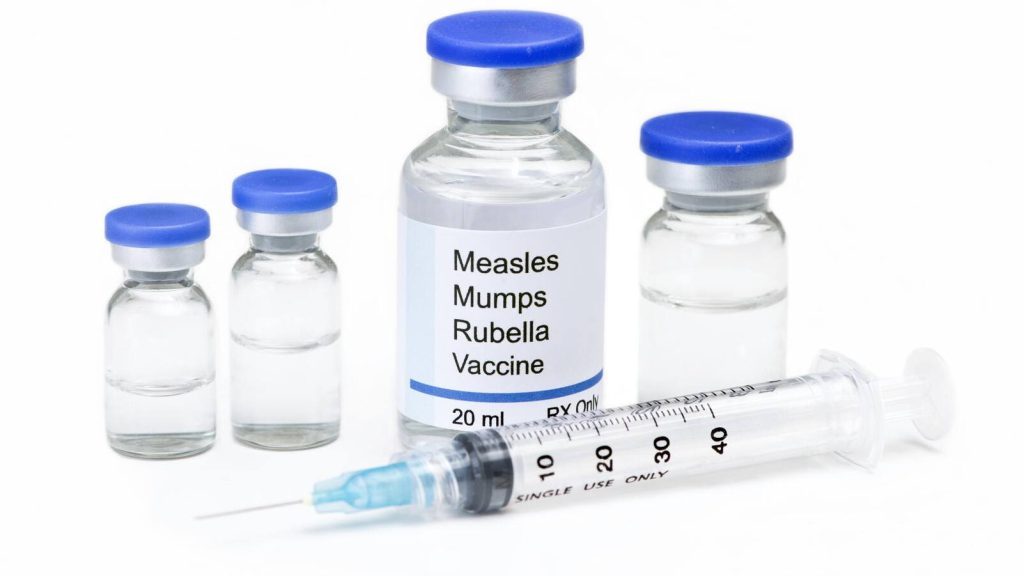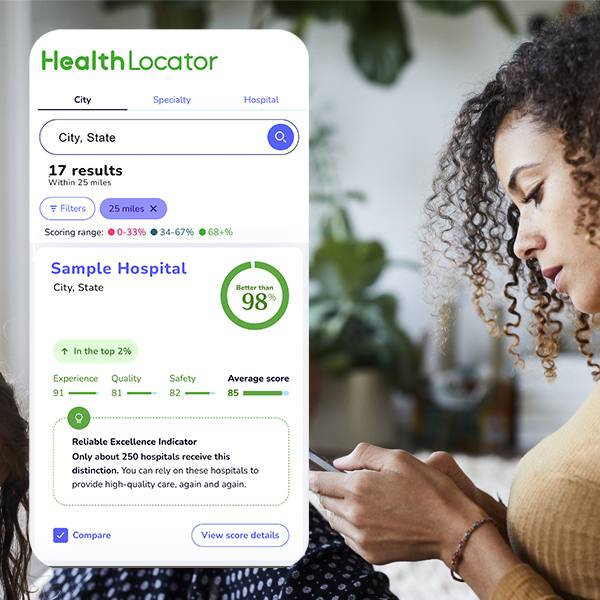
Measles used to be a common childhood illness years ago. At the beginning of this century, measles had been declared eliminated from the country. But now, measles, one of the most contagious diseases to spread, is returning at a record pace as 17 states have reported measles cases in 2024.
"There are many viruses that are either not contagious or sort of contagious," says Sarah Scherger M.D., pediatrician at Mayo Clinic Health System in Austin and chair of Pediatrics for Mayo Clinic Health System. "Measles is aerosolized and is super contagious, and can live on surfaces for up to two hours after first contact."
According to the Centers for Disease Control and Prevention (CDC), measles symptoms appear seven to 14 days after contact with the virus. Measles typically begins with these symptoms:
- High fever (may spike to more than 104 F)
- Cough
- Runny nose (coryza)
- Red, watery eyes (conjunctivitis)
Tiny, white spots known as Koplik spots may appear inside the mouth two to three days after symptoms begin. Measles rash appears three to five days after the first symptoms.
Measles is most dangerous for children up to the age of 5 and immunocompromised adults over 65.
"We talk about high fevers and rashes, and that's uncomfortable," explains Dr. Scherger. "Unfortunately, approximately 1 in 1,000 people can get encephalitis, which is an infection in your brain causing the potential for permanent brain damage."
Statistics also show that 1 to 3 out of every 1,000 children who become infected with measles will die from respiratory or neurologic complications.
"It's hard for physicians and nonmedical people in the United States to diagnose because we don't see many cases," explains Dr. Scherger. "We know there are circulating viruses and bacteria that we vaccinate against regularly. If we have pockets where people are not being vaccinated, or vaccine rates continue to fall across the entire country, that's when we will see more outbreaks like this occur."
Vaccination
The most effective way to prevent measles is by vaccination. The vaccine is primarily administered as the combination measles-mumps-rubella (MMR) vaccine and measles-mumps-rubella-varicella (MMRV) vaccine. The CDC recommends routine childhood immunization for MMR vaccine starting with the first dose at 12 through 15 months of age, and the second dose at 4 through 6 years of age, or at least 28 days following the first dose.

The MMRV vaccine is also available to children 12 months through 12 years of age. People who are born during or after 1957 who do not have evidence of immunity against measles should get at least one dose of MMR vaccine.
"We need to not go back there, so it's important to make sure you and your children are vaccinated," says Dr. Scherger. "Ninety percent of people have the potential of becoming infected if they're not vaccinated."
One dose of MMR vaccine is approximately 93% effective at preventing measles; two doses are approximately 97% effective. Almost everyone who does not respond to the measles component of the first dose of MMR vaccine at age 12 months or older will respond to the second dose.
Dr. Scherger says if you ever have any questions about measles or vaccinations, have a conversation with your primary care clinician.
"I have talked to people through various options, and I've talked to people about their concerns. I know we're all here, pediatricians and family doctors, for the benefit of your child," says Dr. Scherger.
###
About Mayo Clinic Health System
Mayo Clinic Health System consists of clinics, hospitals and other facilities that serve the healthcare needs of people in Iowa, Minnesota and Wisconsin. The community-based healthcare professionals, paired with the resources and expertise of Mayo Clinic, enable patients in the region to receive highest-quality physical and virtual healthcare close to home.
Media contact: Rick Thiesse, Mayo Clinic Health System Communications







